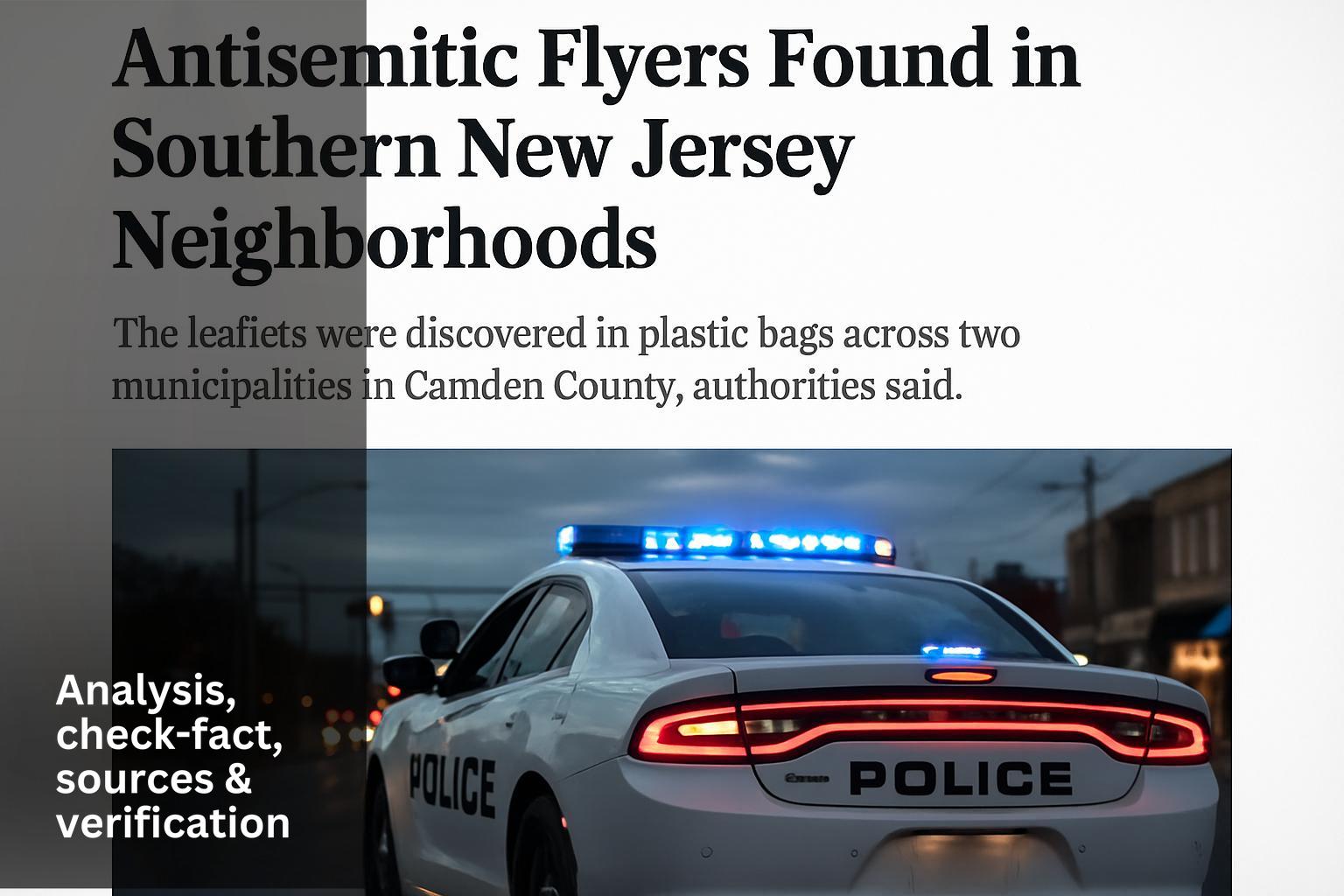Shoppers and residents are watching as Bexley Council greenlights a controversial plan to demolish the 1933 Erith Post Office and build 33 flats, a decision that matters because it includes no affordable homes and is forecast to lose the council £113,000. Here’s a clear, local-focused look at what’s been approved, why people are upset, and what to expect next.
Essential Takeaways
- New homes planned: 33 flats (1 one-bed, 24 two-beds, 8 three-beds) set for a part-three, part-six storey block with two ground-floor commercial units.
- Heritage retained, partially: The locally listed 1933 brick façade will be kept, but key features like much of the curved wall will be removed, which irks locals.
- No affordable housing: BexleyCo says the scheme is in deficit, so affordable units aren’t financially viable now.
- Parking worries: The scheme provides minimal car parking, with councillors fearing future residents will still own cars.
- Council loss flagged: The council expects to lose around £113,000 on the development, prompting criticism about use of public money.
Why the council pushed ahead despite the outcry
BexleyCo, the council’s own property arm, put the application forward and argued the site needed development and regeneration. Supporters said the new building will create an “attractive gateway” at the northern end of Erith town centre and promote walking and public transport by limiting car spaces, which they say frees space for more homes. That pitch won a majority at the planning committee even though several councillors voiced strong reservations.
Behind the decision is a balancing act: deliver new housing to help ease local housing pressure while handling a tricky site that planners say won’t stack up financially if affordable homes are added. The developer says viability reviews could trigger affordable housing contributions later if the scheme’s finances improve.
What is being lost and what’s being kept , the heritage argument
Erith’s 1933 Post Office is locally listed and loved for its brick façade and distinctive curved wall. The approved design keeps the brick frontage but removes significant parts of that curved wall, which many residents and councillors regard as the building’s defining feature. Critics say grafting a modern, taller block behind the old façade causes “substantial harm” to the Erith Riverside Conservation Area and gives the town an incoherent look.
That partial preservation approach is common in local developments: you keep the most photogenic bits but make way for denser housing behind. For some that’s sensible compromise, for others it feels like a loss of character , and that emotional reaction is driving ongoing frustration.
Why affordable housing isn’t included and what that means locally
BexleyCo says the scheme will run at a deficit of roughly £113,000, so adding affordable units would make the project financially unviable. That’s the council’s stated reason for not securing any affordable homes at this stage. Some councillors challenged the logic, arguing alternatives , like replacing the planned commercial units with more housing , might boost returns and allow for some affordable provision.
The practical effect is clear: 33 private flats will arrive without the social-tenure mix many argue the borough desperately needs. For people priced out of the market, that’s another missed opportunity to increase genuinely affordable supply close to transport and shops.
Parking, shops and the look of the high street , local worries
Councillors raised practical concerns about lack of parking and whether the two commercial units on the corner will ever be occupied. Opponents worry empty shopfronts could make the area feel less lively, while supporters say the units will help frame and animate the restored Post Office façade and encourage strolling shoppers.
There’s also a wider visual gripe: the block steps up to six storeys and sits taller than nearby buildings, which some say creates a clash with Erith’s existing streetscape. It’s a reminder that regeneration is not just about numbers but also about how developments make people feel when they walk past them.
What happens next and how residents can stay involved
The planning committee approved the scheme on November 13, so the next steps are detailed design, any legal agreements, and the start of works. The developer has left the door open to future viability reviews, which could secure affordable housing later if costs or market conditions change.
If you live in Erith and want to follow progress, keep an eye on Bexley Council planning pages and local ward councillors for updates. With just eight formal objections recorded during consultation, councillors urged neighbours to speak up if they want a louder say , more resident feedback can shape future tweaks.
Ready to see how this will change your high street? Check the council’s planning portal for the latest drawings and keep an eye on local notices to track when builders move in.
